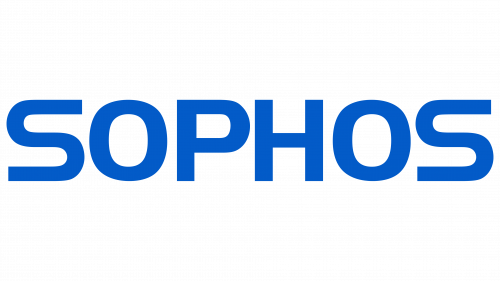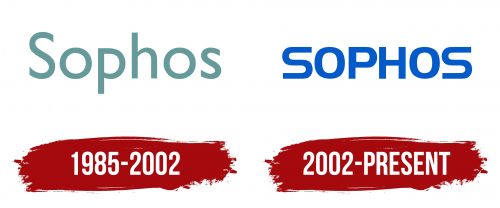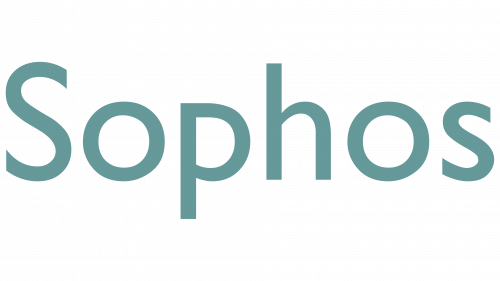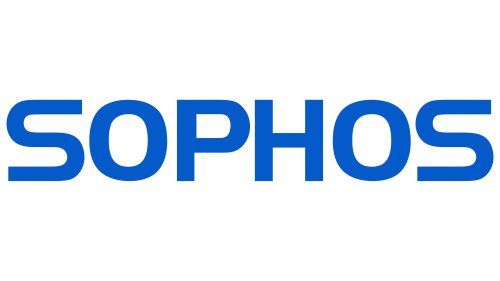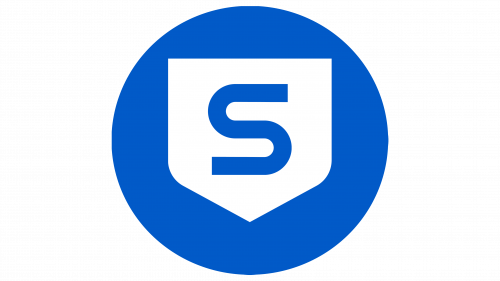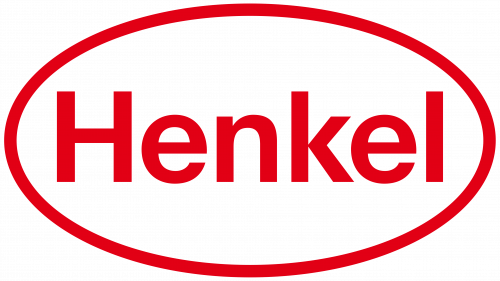The Sophos logo reflects wisdom, which is the meaning of the British IT company’s name. This is conveyed through a simple font that evokes a sense of calm, confidence, and protection. The emblem clearly and straightforwardly represents the services, subtly hinting at the exclusivity of those who use the company’s software.
Sophos: Brand overview
Ian Whalley and Jan Hruska founded Sophos in 1985 in Oxford, United Kingdom, marking the beginning of the company’s history. The business was founded as a manufacturer of data encryption tools and was formerly known as Sophos Limited. The two founders were Oxford University graduates with extensive computer science and encryption backgrounds.
During its early years, the firm concentrated on creating tools for personal computer encryption and other data protection solutions. Since business use of personal computers was still in its infancy, this niche was relatively new.
In the late 1980s, the company started creating antivirus software as computer infections became more dangerous. This was a critical strategic decision that influenced its future growth for many years to come.
Sophos Anti-Virus, the company’s initial antivirus offering, was launched in 1989. This program immediately became well-liked among corporate clients in the UK and was created to defend against the known computer viruses of the time.
Early in the 1990s, the enterprise grew outside of the United Kingdom. 1993 saw the company create its first office abroad, in the USA, which was a big step in its international expansion. The firm’s product line expanded, and its technologies were actively developed.
A major step toward bringing Sophos Anti-Virus for Windows 95 to future Microsoft operating systems was taken in 1997 when the company released the program. Widespread praise for this product contributed to its success in the antivirus software industry.
2000 marked a significant turning point for the business. The firm purchased DataFellows, a Finnish business specializing in antivirus programs for Unix computers. With this acquisition, the company was able to fortify its position in the corporate security industry and broaden its range of technologies.
In 2003, the company executed another calculated strategic acquisition by purchasing ActiveState, a Canadian business specializing in spam filtering technologies. This acquisition increased the scope of the company’s information security offerings and penetrated the email protection industry.
In 2006, the company’s leadership changed dramatically. The firm appointed Steve Munford, its Chief Operating Officer, as its CEO. Under his direction, the business continued its aggressive development and global market expansion.
By establishing a regional headquarters in Singapore in 2007, the company took a major step toward growing its footprint in the Asia-Pacific region. The increasing need for information security solutions in the region drove this choice.
2010 was a significant year in the company’s history. Apax Partners, a private equity group, paid £580 million to acquire the business. Thanks to this acquisition, the company has more resources for growth and development.
In 2011, the firm bought Astaro, a German network security business, as part of its acquisition-based expansion strategy. This acquisition allowed the company to add network infrastructure protection solutions to its extensive product line.
In 2012, the enterprise purchased the German firm DIALOGS, which specializes in mobile security. Given the growing BYOD (Bring Your Own Device) trend in the business sector, this acquisition was critical in strengthening the company’s mobile device protection capabilities.
The firm acquired Cyberoam Technologies, an Indian network security specialist, in 2014. This acquisition allowed the company to increase its footprint in the fast-expanding Indian market and further solidify its leadership in network protection.
2015 was a big year for the business because the company had a successful initial public offering (IPO) on the London Stock Exchange. This occasion enhanced the company’s public image and drew in more funding.
In 2016, the company paid $100 million to acquire Invincea to broaden its offering further. By partnering with Invincea, a company specializing in machine learning technology for threat detection and prevention, the business improved its capabilities in sophisticated cybersecurity technologies.
Sophos introduced Intercept X, a cutting-edge endpoint security solution, in 2017. This product marked a major development in the company’s cybersecurity technology, which used deep learning methods to detect unknown malware and guard against ransomware.
In 2018, the firm acquired cloud infrastructure security specialist Avid Secure. With the growing use of cloud technologies, this acquisition increased the scope of the company’s cloud environment protection capabilities.
The company underwent a significant transformation in 2019 when Thoma Bravo, a private investment firm, paid $3.9 billion to acquire it. This transaction ended the firm’s public trading and entered a new growth stage under private ownership.
A complete threat detection and response system, Sophos XDR (Extended Detection and Response), was released in 2020. This software combines server, network, and endpoint protection features to give a more comprehensive picture of an organization’s security posture.
In 2021, the business introduced the Adaptive Cybersecurity Ecosystem (ACE), a technology that combines automation, human knowledge, and artificial intelligence to provide enhanced defense against cyberattacks.
By launching Sophos Managed Detection and Response (MDR) in 2022, the company increased the scope of its managed security services offerings. With this system, clients receive round-the-clock threat monitoring and expert response.
The company has created machine learning and cloud solutions to improve its defense against contemporary cyber threats.
Meaning and History
What is Sophos?
It is a UK-based cybersecurity company providing various security solutions to businesses and organizations. These solutions include anti-virus software, firewalls, endpoint protection, encryption, and network security. The brand specializes in developing advanced threat prevention technologies and cybersecurity management tools to protect against malware, ransomware, phishing attacks, and other cyber threats. The company’s user-friendly and effective products provide comprehensive protection and real-time threat detection and response.
1985 – 2002
The foundation of the Sophos logo is its name. Rendered in a concise form, the emblem is refined in structure and optimistic in color. Though it lacks national motifs, it still attracts attention with its precision, neatness, and positivity. This symbol perfectly reflects the company’s essence, focusing on active thought processes to ensure proper computer security.
The minimalist design does not reveal its national origin, as it lacks distinctive features. This aligns with the company’s goal of demonstrating its global utility, international presence, and appeal to people in every country. The logo embodies modernity.
The name occupies the entire space, suggesting that the brand is a source of digital security solutions, regardless of clients’ locations. The inscription is a mix of lowercase and uppercase letters, indicating a strict adherence to established rules. The font is semi-bold, sans-serif, with clean vertical cuts at the ends of both “s” letters. This adds elegance to the emblem and conveys meticulousness, which is crucial for a company involved in computer and hardware technologies.
The glyphs are colored in turquoise-green. This color is calming, instills confidence, indicates reliability, and balances beauty with practicality. The solid color, free of shadows and highlights, pairs well with the light font, fostering a sense of trust. The rounded letters’ softness maintains a calm atmosphere and signals customer loyalty.
2002 – today
The Sophos logo from this period radiates strength and reliability. To achieve this effect, the designers took several important steps:
- Removed the rounding of letters
- Enlarged the text
- Made the edges smooth and straight
- Eliminated the hint of serifs on the “S.”
- Trimmed the ends of the glyphs at a different angle
- Stretched the “O” vertically
- Added boldness to the font
- Made the “S” wider and flatter
Additionally, they reduced the spacing between characters, making the word “Sophos” look compact and powerful, effectively blocking any issues and standing firm in protecting IT devices. As a result, the text became visually striking. The uppercase font further enhanced its solidity. The massive block-style letters are perceived as an impenetrable barrier.
The new color made the emblem much more attractive: the pastel turquoise was replaced with a rich blue. This color conveys a positive atmosphere, as it is associated with progress, development, and calmness. It also signifies nobility and high status, as blue is associated with the royal family in the United Kingdom.
